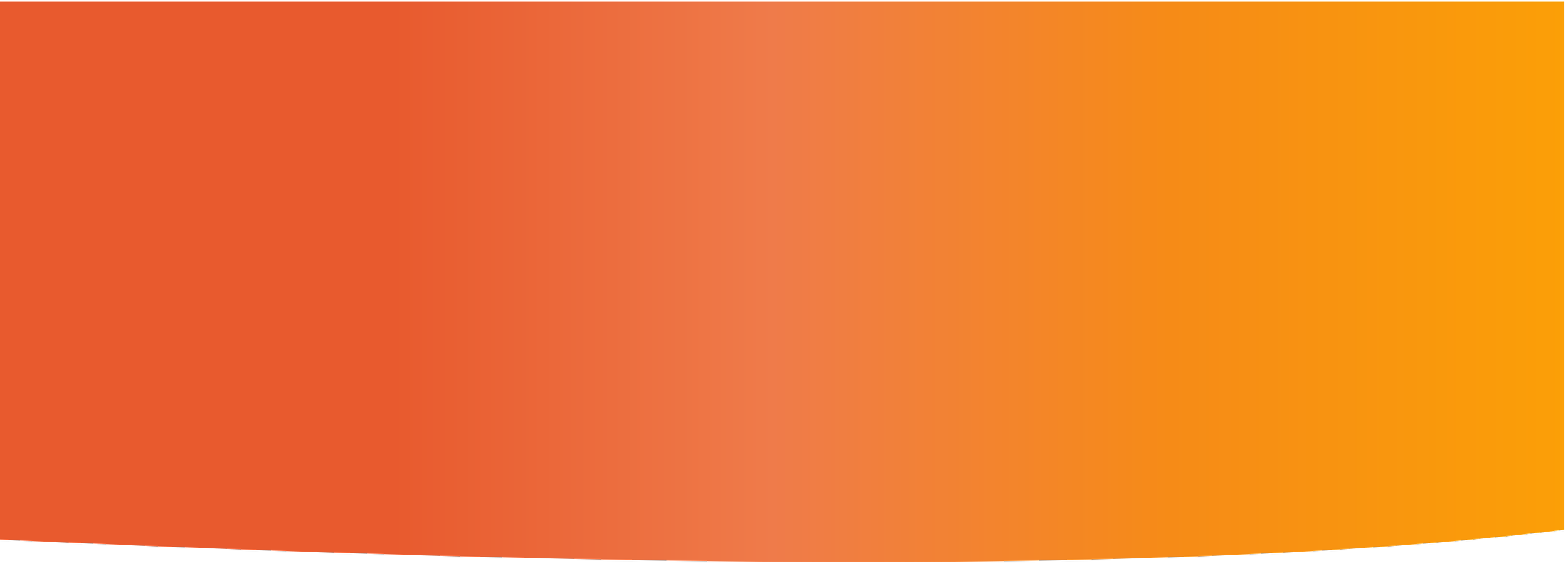
Stories
Insights & Ideas
We’re always learning and expanding our thinking.
The Science of Restorative Breaks
Have you ever considered that your attention is as valuable a resource as your time? And just like the number of hours in a day, your capacity to pay attention is limited. In this article, we’ll explore why our brains get tired and how the power of nature can reboot them effectively.
Micro-Breaks for the Busiest of Times
What is a "micro-break"? While the best way to restore your attention is to spend time in nature (and avoid looking at screens), we know that isn’t always possible. This post offers some simple micro-break ideas that may give your mind some relief throughout the day.
Supporting Mental Bandwidth: Break Culture in Workplaces
We all start the day with limited resources. When it comes to work, those resources include our time, our energy, and our attention. And, despite what “hustle culture” tells us, there’s a limit to how much we can accomplish each day.
This post explores what it means to “take a break,” and how we can foster work environments that support them.



